On August 15, 1935, the Guandong local government established a new factory with help of the American Curtiss-Wright Aircraft corporation: The 韶關飛機修理廠 (Sháoguān Fēijī Xiūlǐ Chǎng, Shaoguan Aircraft Repair Factory).
After a failed joint Guangdon-Guangxi revolt against the nationalist government (兩廣事變, Liangguang Incident), the factory was renamed 韶關飛機製造廠 (Sháoguān Fēijī Zhìzào Chǎng, Shaoguan Aircraft Manufacturing Factory)
In 1938, one year after the outbreak of the 2nd Sino-Japanese war, the factory was damaged after being bombed by the Japanese. The plant was evacuated to Kunming in response and renamed 空軍第一飛機製造廠 (Kōngjūn Dì Yī Fēijī Zhìzào Chǎng, 1st Air Force Manufacturing Factory).
By the end of 1942, The factory was relocated again, this time due to Japanese advances in Burma.
Designations
Chinese planes of this era were both designated with a Chinese name, as well as an Western name, imitating the sytle used by the USAAF (XP-2, XB-3). Interestingly planes from this era also bore an American style name (XB-3, XP-1). It is unclear why this happened, but aircraft development at the time was heavily influenced by the US, with american pilots, mechanics and personnel operating in the Chinese air force, the Flying Tigers. Many designers at the time had also studied in the US.
There are also gaps in the designations; The XB-1 and 2, and the existance of the XP-0 may imply the XB-0 and XT-0, however no information is known about the existance of these planes, and if they even existed at all.
新復興
Zhong 28 / 忠二十八乙式
XP-0 / 研驅一式
| XP-0 研驅一式 / Yán Gū Yīshì | |||
|---|---|---|---|
| Length | Crew | ||
| Wingspan | Cruising Speed | ||
| Height | Maximum Speed | ||
| Empty Weight | Range | ||
| Gross Weight | Ceiling | ||
| Powerplant | Number build | ||
| Fuel capacity | |||
| Armament | |||
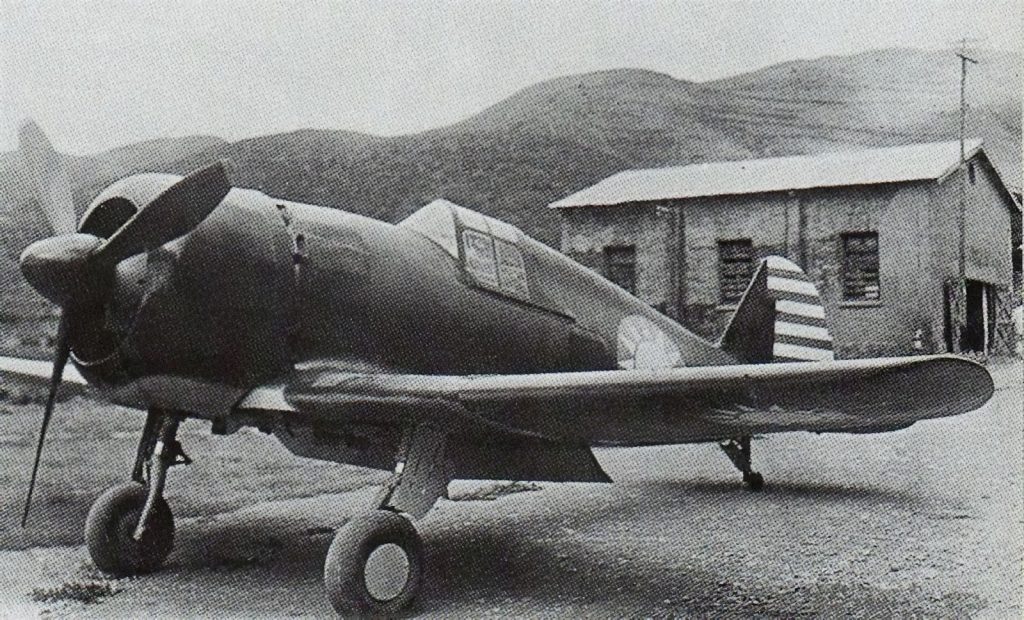
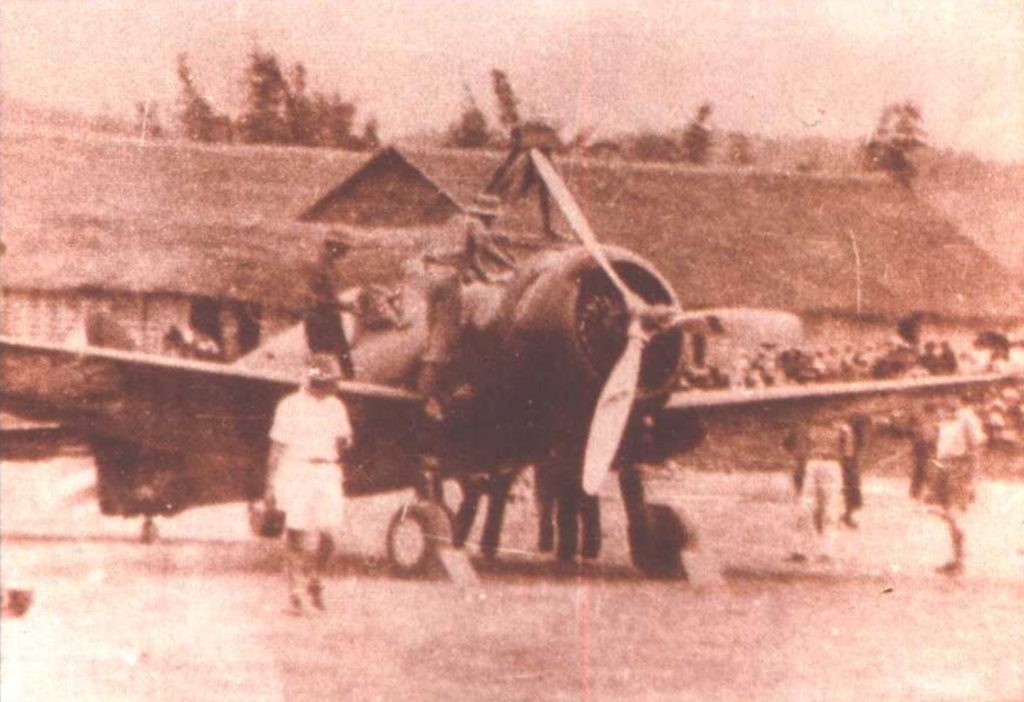
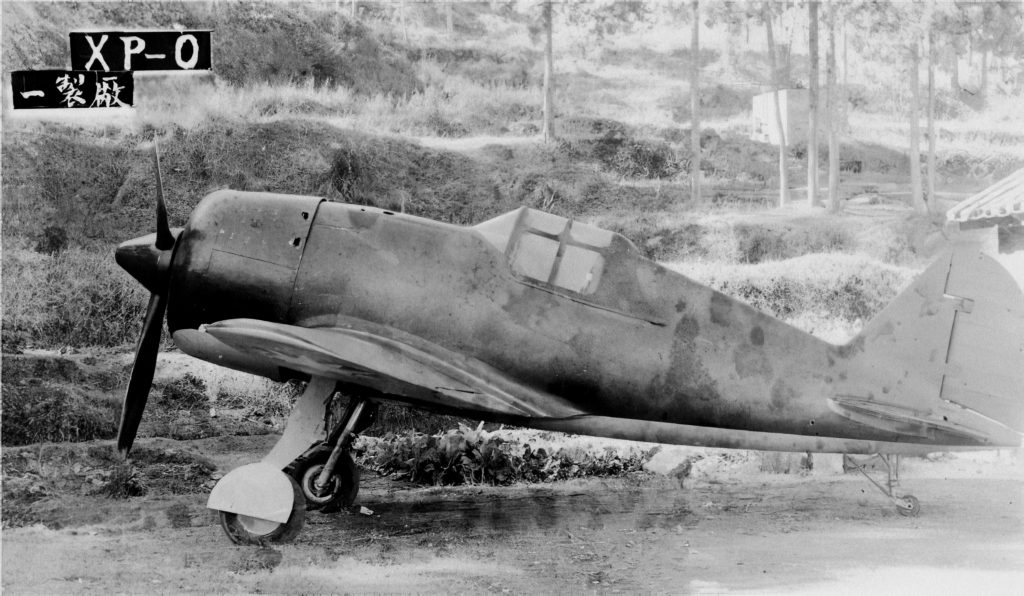
XP-1 / 研驅一式
Work on the XP-0 started early 1942. At the time, the majority of Chinese aircraft were American and Russian supplied. To reduce reliance of foreign aid the 1st AFAMF set up a team under Chief Engineer Constantine Zakhartchenko, a Russian-American immigrant, who worked there since 1935. The specific design requirements are unknown, but a top speed of 580 km/h was allegedly requested. Under his lead the project started and completed the preliminary designs, using novel forward-swept gull-wings. However, Zakhartchenko’s contract expired and on January 9, 1943 Zakhartchenko. He kept assisting the project until June, when he returned to the US to work for McDonnell.
He was succeeded by 雷兆鴻 (Léi Zhàohóng) as project lead. After the design was done, construction on the first prototype began immediately in the Guiyang factory. One of the problems was sourcing a Wright SGR-180 Engine. Likely due to prioritization of such engines for lend-lease fighters, the team could not acquire a two new ones. The team was however able to secure one from a crashed C-47. Other factories also helped with materials; the propellers were constructed by the 2nd AFAMF, while a special laminated wood and fabric were provided by subsidiaries of the 成都航空研究所 (Chéngdū Hángkōng Yánjiū Suǒ, Chengdu Aviation Research Institute). The canopy was likely sourced from a P-36 or P-40, with the landing gear and instrumentations also sourced from old American aircraft or reserve parts.
//TODO fighter, stukje schrijven
| Experimental Type 1 Drive / XP-1 研驅一式 / Yán qū yīshì | |||
|---|---|---|---|
| Length | 8.72 meter | Crew | 1 |
| Wingspan | 12.10 meter | Cruising Speed | |
| Height | Maximum Speed | 580 km/h (requirement) | |
| Empty Weight | Range | ||
| Gross Weight | Ceiling | ||
| Powerplant | 710 hp Wright SGR 1820 Cyclone | Number build | 2 prototypes |
| Fuel capacity | |||
| Armament | unknown | ||
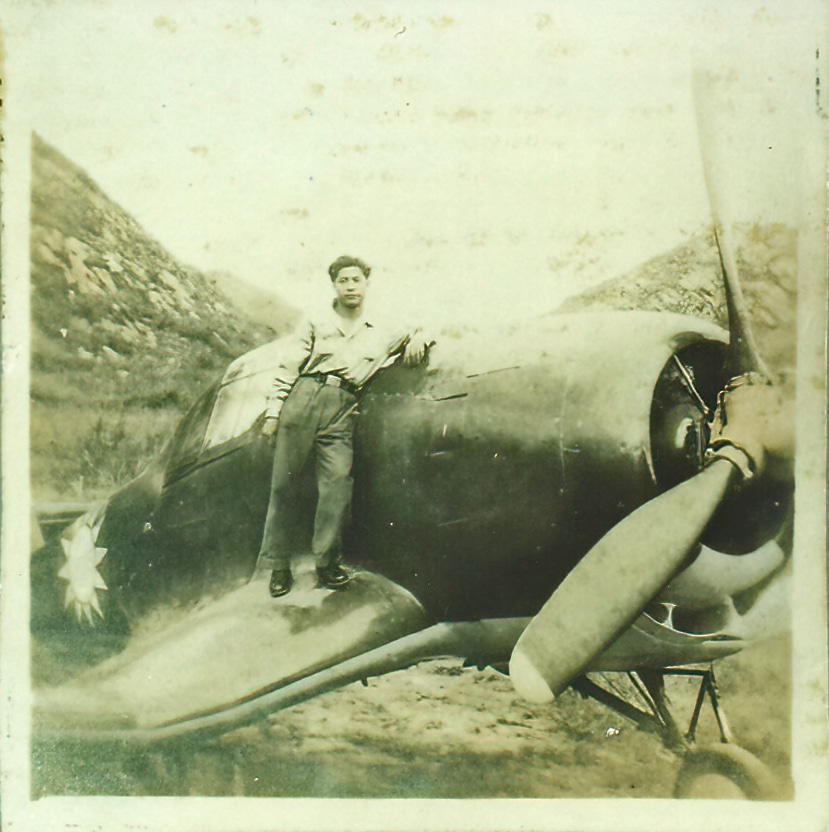
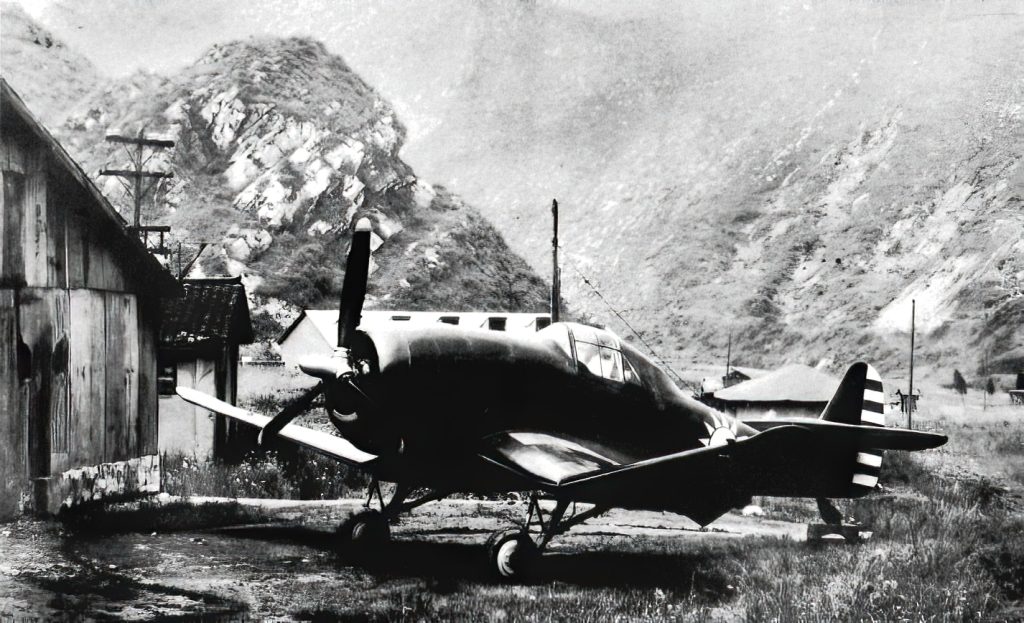
XP-2 / 研驅二式
The team working on the XP-1 did design a new variant of the XP-1, however details of this aircraft and how it differed from the XP-1 are unknown. Some sources suggest the engine was changed to a 825 hp Wasp engine, while others suggest major modifications to the airframe.
Zhongyun
//TODO 2 transport vliegtuigen, stukje schrijven
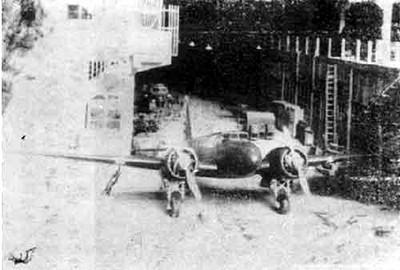
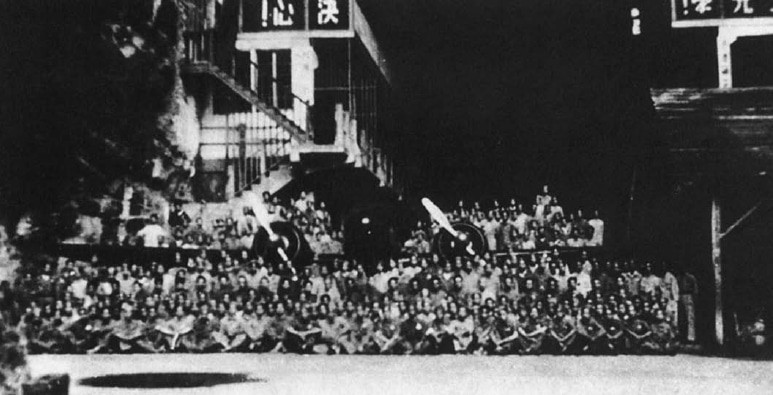
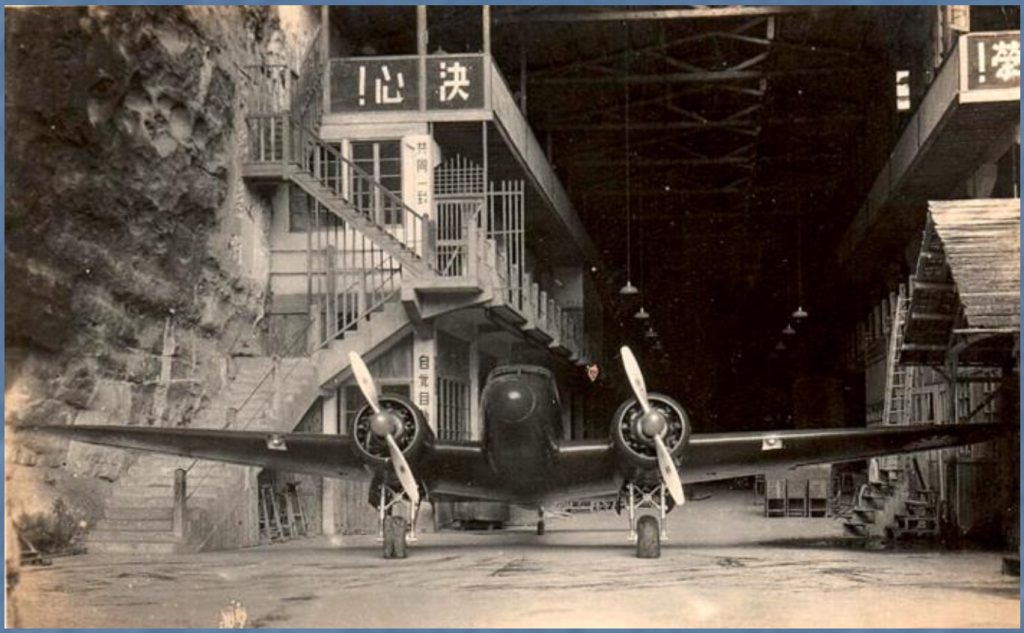
CJC-1 Hummingbird
//TODO small helicopter
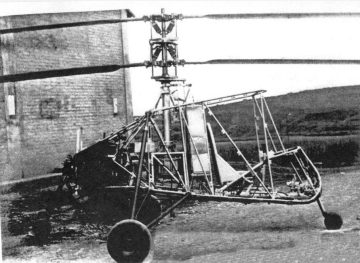
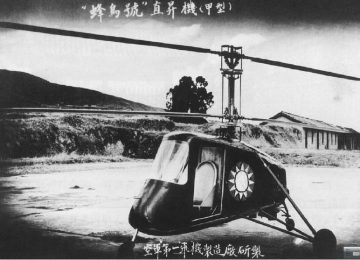
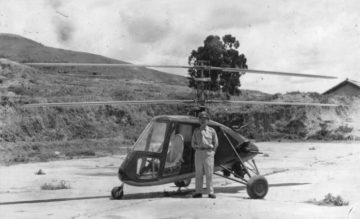
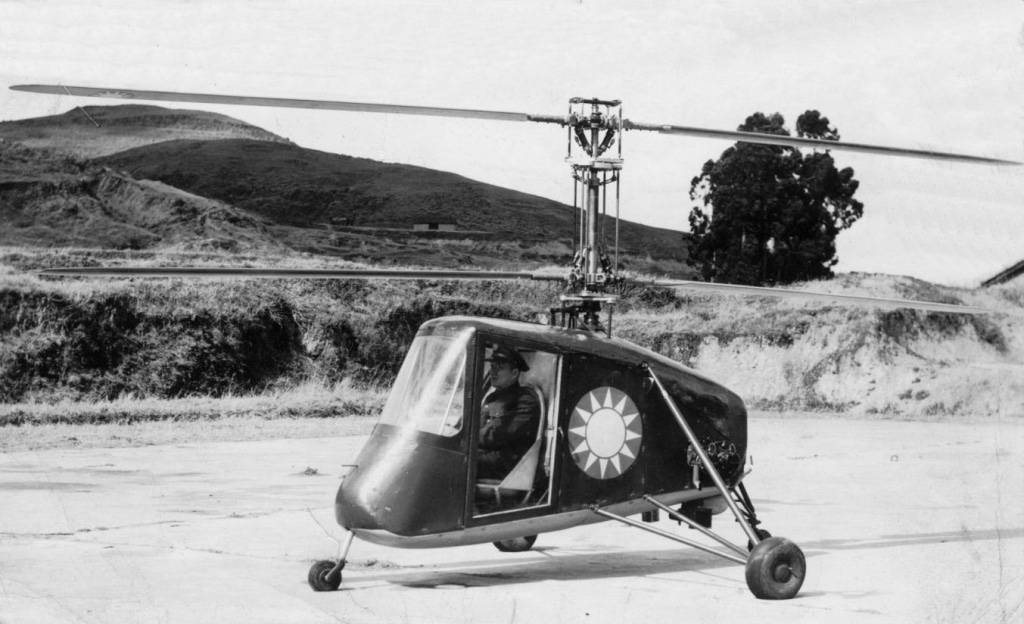
CJC-3
//TODO 1950’s Tandem rotor helicopter
https://en.wikipedia.org/wiki/Chu_CJC-3
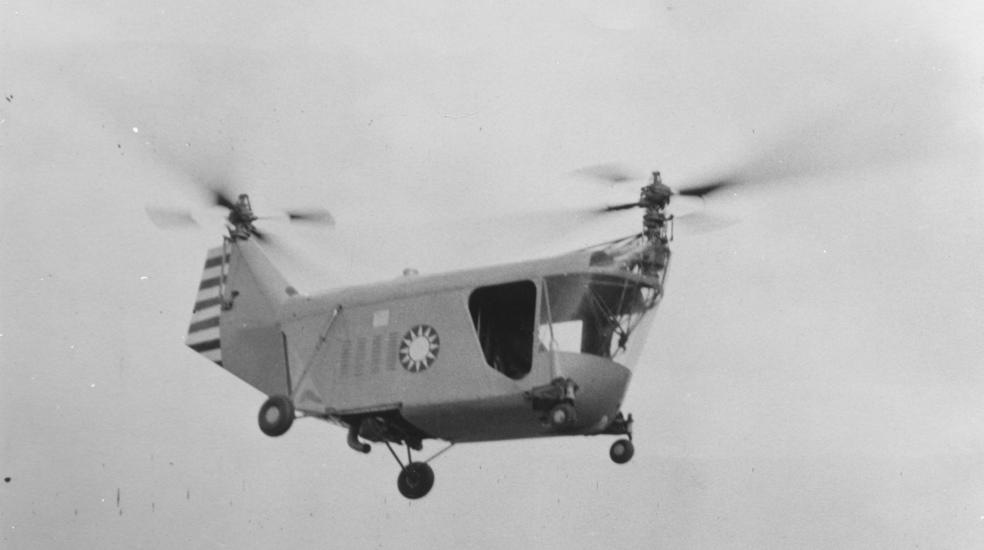
Sources
- Andersson, L. (2008). A history of chinese aviation: Encyclopedia of aircraft and aviation in China until 1949. AHS of ROC.
- Guo, L. (2020, July 6). 1st AFAMF Hummingbird – China’s first helicopter. Sino Records. https://sinorecords.org/1st-afamf-hummingbird/
- Guo, L. (2021, December 4). 1st AFAMF XP-1 – China’s wartime swept Wing Fighter. Sino Records. https://sinorecords.org/xp-1/
- Xiaoci, H. 中國飛機外篇(之十五)中國飛機和直升機製造家 – 朱家仁及他所研製的飛機和直升機. 中國飛機尋根. (n.d.). http://cwlam2000.epizy.com/cafx15.htm
- Xiaoci, H. 中國飛機外篇(之九)海軍製造飛機處. 中國飛機尋根. (n.d.). http://cwlam2000.epizy.com/cafx16.htm